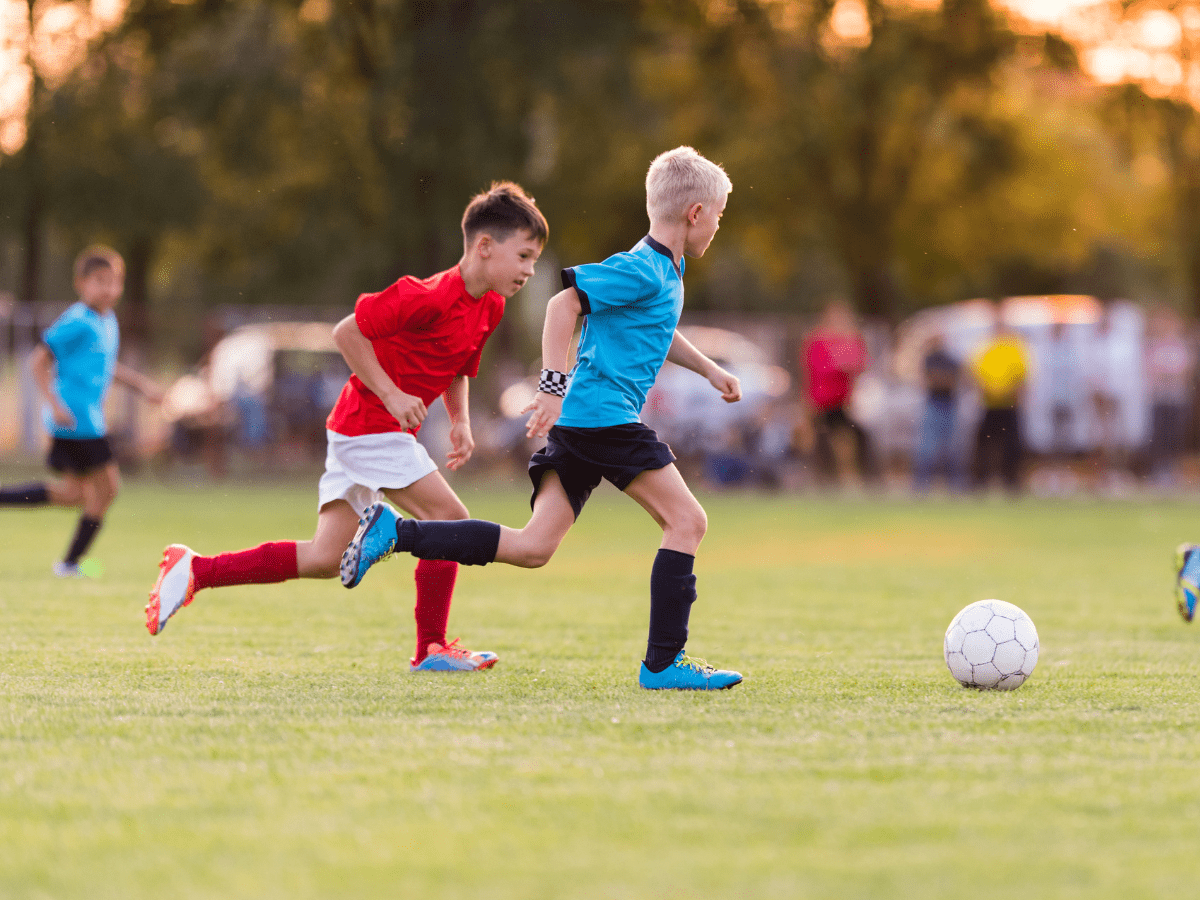
Project Summary
The first objective was to examine the relationship between task and social cohesion, and three participation-related outcomes (self-reported effort, practice attendance, and intention to return to the team the following season).
Results indicated that cohesiveness around the team’s task was positively related to effort and intention to the return, but not to practice attendance. Cohesiveness around the social elements of the team was only related to players’ self-reported effort.
The second objective was to examine whether players’ perceptions about their teammates’ effort would qualify the relationship between task cohesion and individual effort.
Results indicated that, although cohesion was positively associated with effort for all athletes, this relationship was strongest when athletes perceived that their team had a high norm for effort (i.e., a greater percentage of players were identified by players as working as hard as they could). These findings suggest that team norms surrounding how hard team members are working may be an important consideration insofar as the extent to which team cohesion has the potential to enhance individual participation.
The third objective was to explore the role of social support in the task cohesion-participation relationship. Specifically, this study examined whether perceptions of teammate support (e.g., being available in times of need, sharing common interests, and feeling recognized and encouraged) could be a plausible explanation for why perceptions of early-season team cohesion may positively influence individual participation.
Results indicated that perceptions of teammate support were positively associated with both cohesion and individual participation (effort and intention to return). These findings provide an initial suggestion that it may be worth considering social support as a variable that might help explain the relationship (i.e., mediator) between a team variable such as cohesion and subsequent measures of player engagement in future experimental research.
Research methods
Participants completed a pen-and-paper questionnaire at two time points during their soccer season. The first time point occurred during the first two weeks of the season. The second time point occurred within the last week of the season. These questionnaires were administered during a scheduled team practice by the student researcher.
Research results
Team cohesion is related to several different participation outcomes in youth sport, including self-reported effort levels and intention to return to the team in the future.
This relationship was most pronounced on teams where more players were perceived to be working hard (i.e., high norms for effort).
Social support from teammates was related to players’ perceptions of their teams’ cohesiveness, as well as their own self-reported effort and intention to return.
Limitations
These studies were conducted using non-experimental research designs. In order to determine whether perceptions of team cohesion can “influence” participation-related behaviours, the relationships reported here need to be tested using an experimental design.
As well, this series of studies was conducted with a small sample of ten youth soccer teams from a mid-sized Canadian city. Although there was a cross-section of competitive levels (recreational through competitive), findings from this research may be limited to youth soccer players in an urban setting. Considering that the majority of the sample (72.4%) was female, it also may be that these results pertain more to adolescent females (although no specific gender differences were found).
Policy implications
To date, the majority of the research on youth sport participation has focused on intrapersonal variables (e.g., motives, competence, etc.). This research considered how interpersonal variables, such as the nature of the peer relationships within the team setting (e.g., cohesion, norms, social support), may relate to sport involvement.
Research findings provide initial evidence that team cohesiveness, and concomitant factors such as team norms and teammate support, are important in how hard players work and whether they intend to come back to the team. With that, sport programmers and team coaches may wish to consider how principles of team building for cohesion could encourage improved player involvement with the team (Carron, Spink, & Prapavessis, 1997).
Next steps
This research represents initial work in understanding the relationship between team cohesion and individual sport participation in adolescents. In addition to the need to replicate the current findings with other youth samples, an important next step involves testing the relationships that emerged via experimental study designs. Specifically, it would be informative to examine how interventions aimed at enhancing team cohesion (i.e., team building) may affect various participation outcomes.
Key stakeholders and benefits
These preliminary findings may be interesting for researchers, coaches, and even parents. However, although these results point to the potential value of team cohesion in enhancing participation, more research is needed to establish cause-effect relationships before specific guidelines are developed for promoting team cohesiveness in the youth sport setting.
Organizations that may be interested in these findings include:
- Local/provincial/national single or multi-sport bodies
- Physical education/school sport organizations, such as PHE Canada
- Coaching organizations, such as the Coaching Association of Canada (CAC)